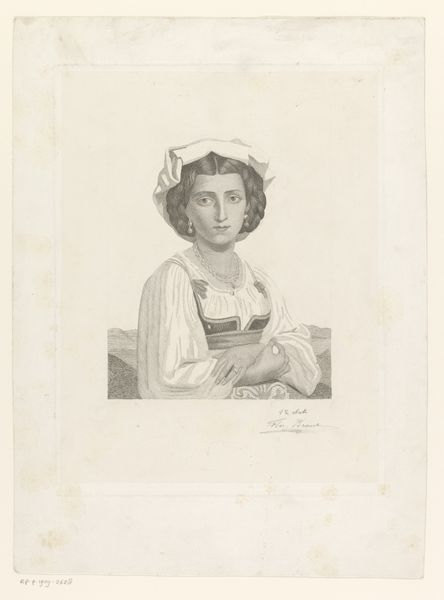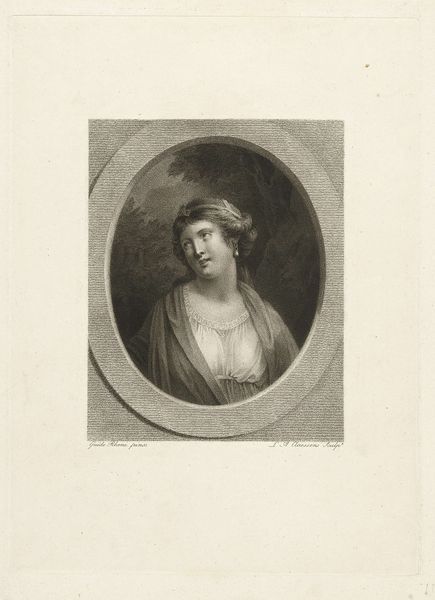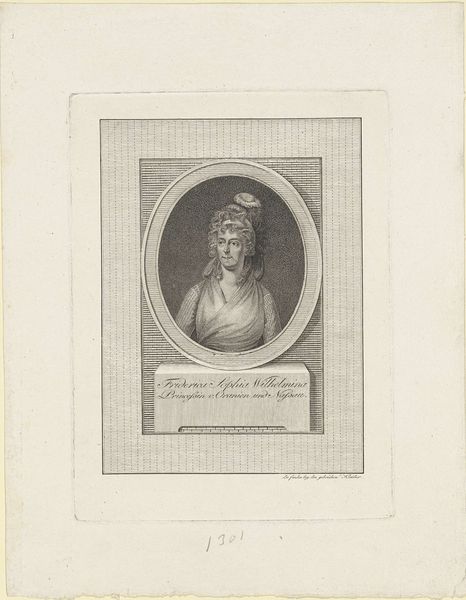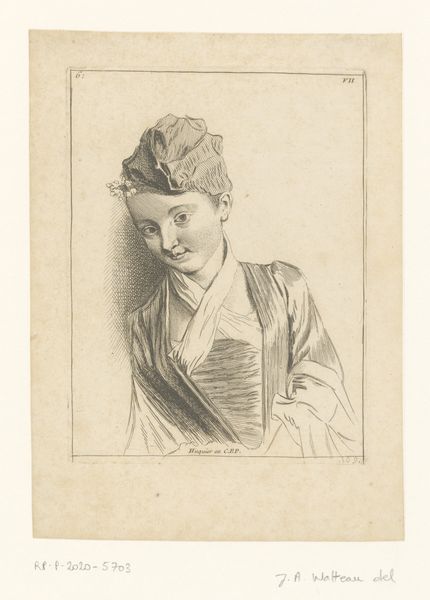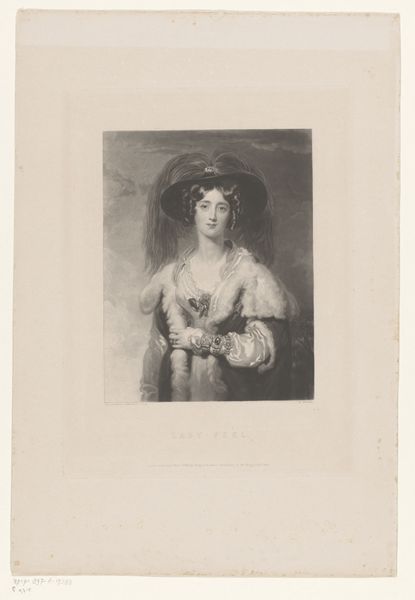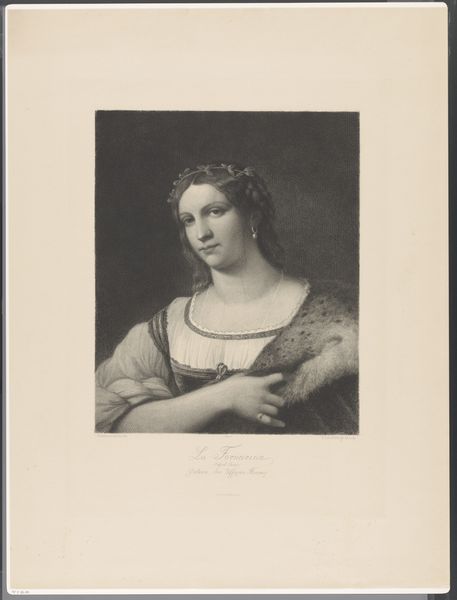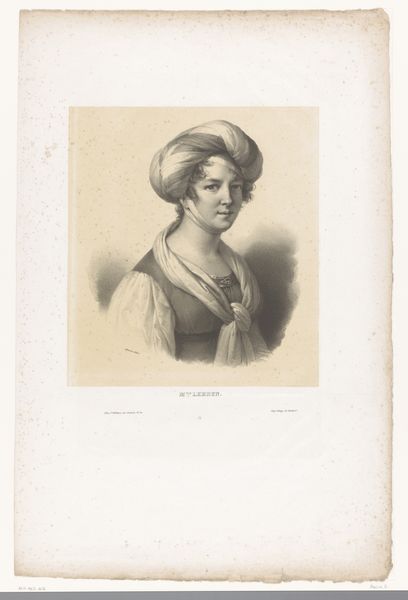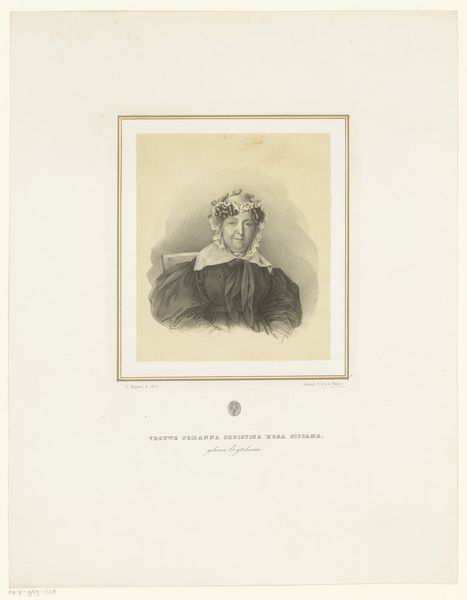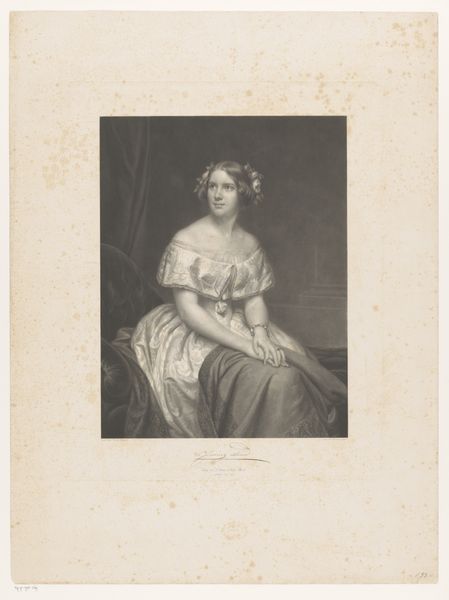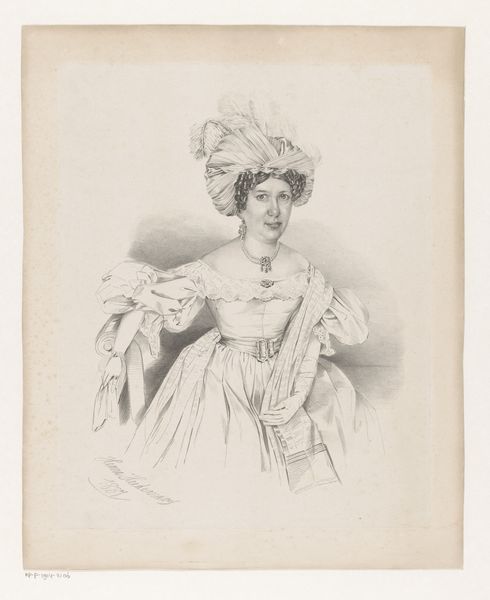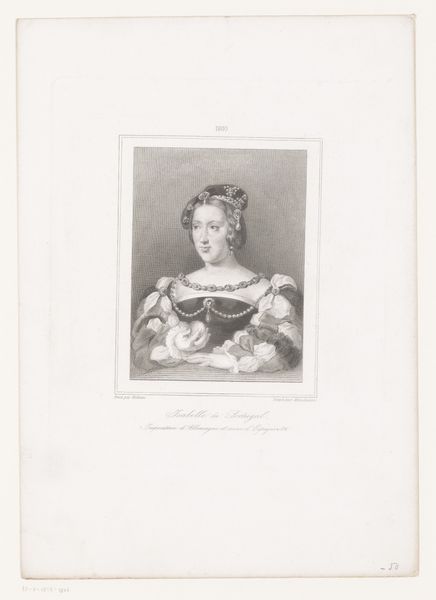
graphite, engraving
#
portrait
#
pencil drawn
#
pencil sketch
#
pencil drawing
#
graphite
#
pencil work
#
italian-renaissance
#
engraving
#
realism
Dimensions: height 300 mm, width 227 mm
Copyright: Rijks Museum: Open Domain
Editor: So, here we have Florent Brant’s "Portrait of an Unknown Italian Woman," made sometime between 1873 and 1909. It appears to be graphite or engraving, and there’s an interesting mix of fine detail and looser strokes. What are your initial thoughts when looking at it? Curator: The focus on material here, the very graphite laid down or the etched line of the engraving, interests me. The question isn't so much *who* this woman is, but rather *how* was this image produced and what was the labor involved? Was this a mass produced print, making it available to a wider audience than a unique painted portrait? And, crucially, what does this availability suggest about the subject herself, her social standing, and perhaps even aspirations to be seen and known through reproduction? Editor: That's a fascinating way to look at it! I was focused on trying to imagine her life, but thinking about the process of making and disseminating the image completely changes the conversation. Curator: Precisely! Consider the act of creating an image like this in that era. The material itself, graphite or engraving tools, represents a specific type of technological access. Think about who controlled the means of production – were they tied to particular workshops or publishers? This can reveal social dynamics at play in the art world itself. Editor: So, we are moving away from seeing art as only aesthetics and artistic genius but questioning its accessibility, production chains, and social implications... Curator: Exactly. Look at how the dress, likely traditional attire, is rendered. It signifies more than just her clothing; it speaks of cultural identity carefully constructed, consumed and represented. Was this meant to idealize rural life, or promote a particular version of Italian identity? Consider the *material* reality embedded within representation itself. Editor: That really makes me think differently about the work. It’s not just a face, it's an artifact of production. Thanks! Curator: My pleasure. It is indeed crucial to understand the materiality and labor to achieve an enriched and meaningful encounter with art.
Comments
No comments
Be the first to comment and join the conversation on the ultimate creative platform.
